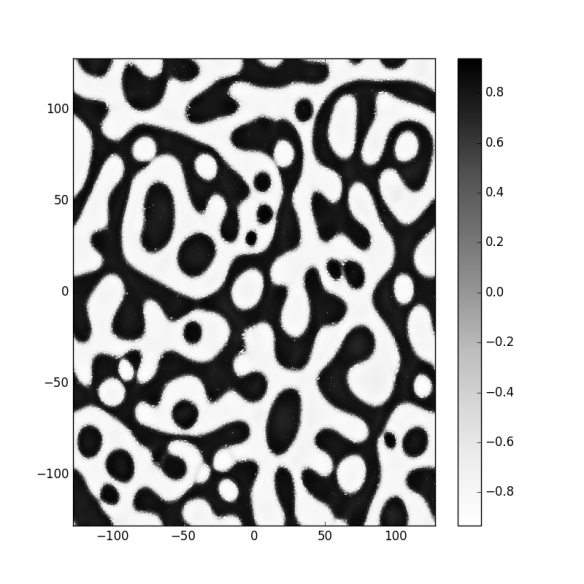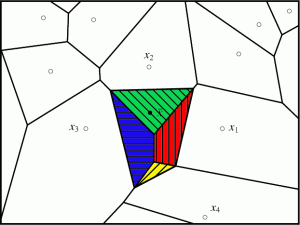von Neumann stability analysis is a great tool to assess the stabilty of discretizing schemes for PDEs. But too often, imho, the discussion is too convoluted. Here, I try to provide a shortcut.
In a nutshell:
- The standard approach involves Fourier techniques, involving (of course) complex numbers
- The real part of these numbers is analysed, with some trigonometric expression resulting, identifying the troublesome modes
- I claim this mode can be identified in advance, which makes the whole Fourier procedure unnecessary
BTW: it’s pronounced “fon no ee man”



